Yes, physiotherapy is beneficial for a wide range of sports injuries. Whether it's a sprain, fracture, dislocation, or concussion, a skilled physiotherapist can develop a treatment plan to address your specific needs.

16/05/2023
Pilates, a low-impact workout that stresses Core Strength, Flexibility, and Postural alignment, has various advantages when used in physiotherapy rehabilitation. These benefits can help with recovery from a range of diseases and improve general physical health. Here are some of the main benefits:
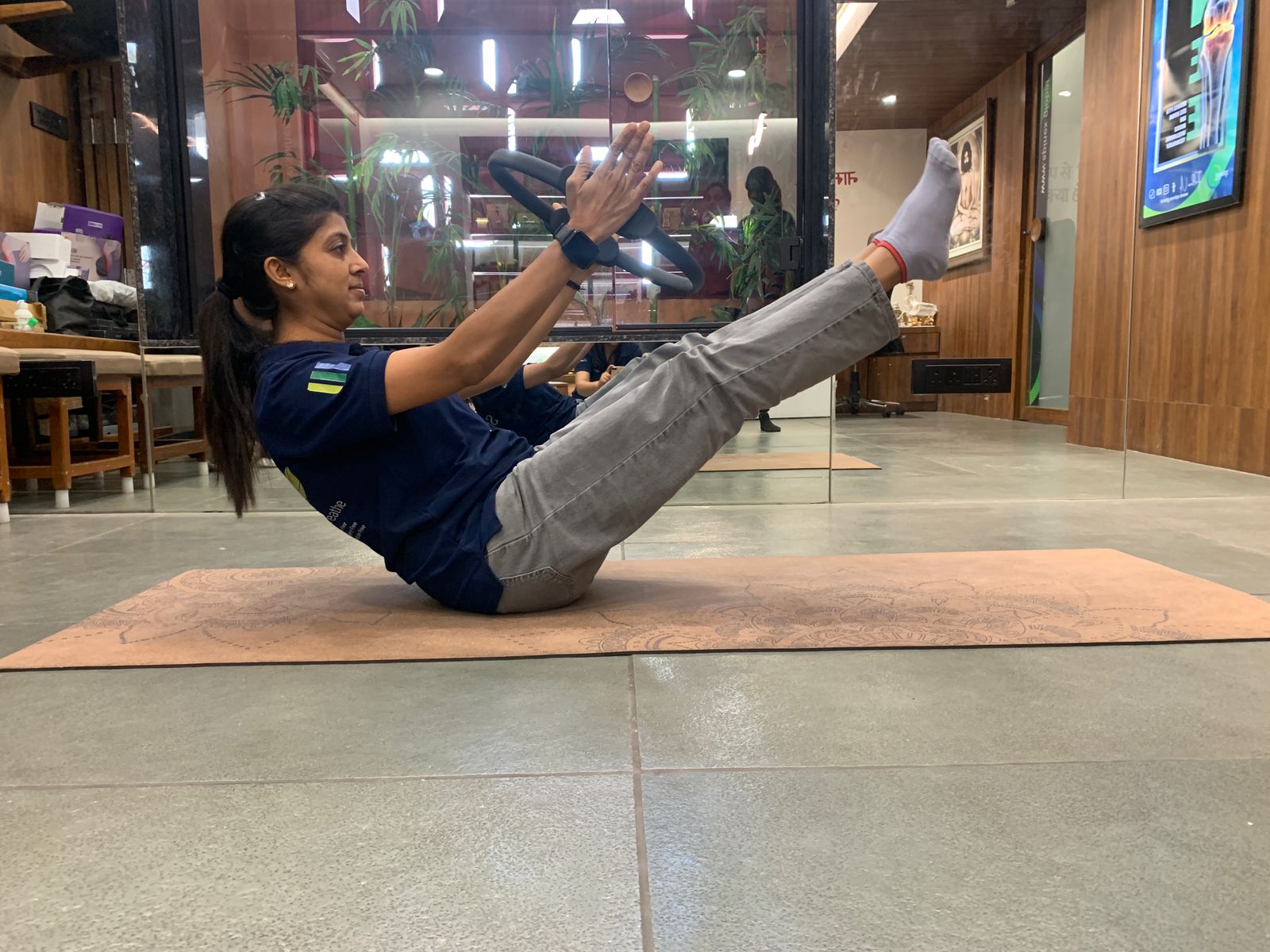
· Pilates exercises are primarily designed to strengthen the core muscles of the abdomen, lower back, hips, and pelvis. A strong core is vital for overall stability, lowering the chance of injury and relieving back pain.

· Pilates enhances flexibility by stretching and lengthening muscles, which can help joints move more freely. This is especially useful for people healing from injuries that have caused stiffness or limited motion.

Poor posture is a prevalent issue that can result in a variety of musculoskeletal disorders. Pilates promotes appropriate alignment which improves posture and relieves tension in muscles and joints.
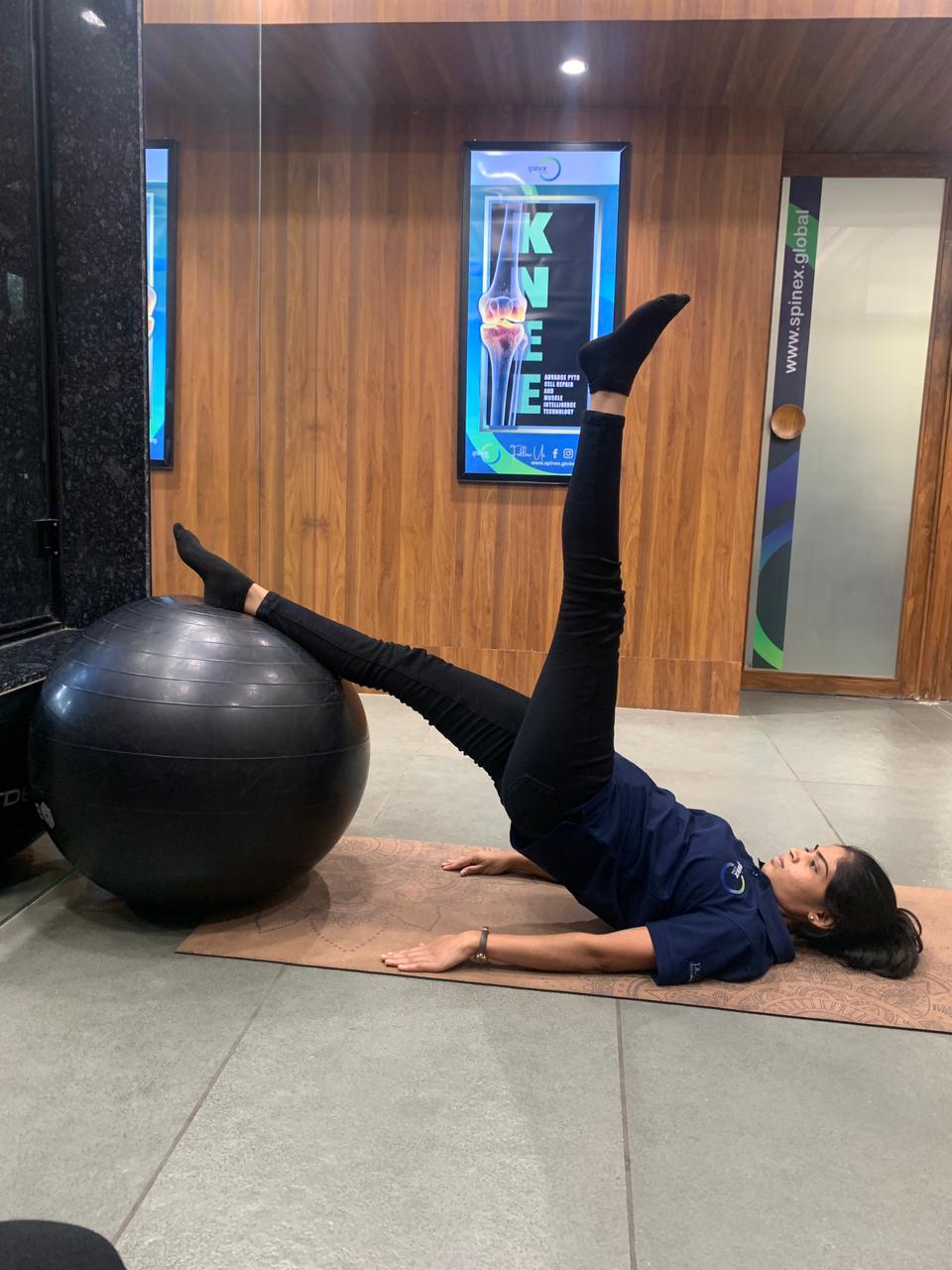
Pilates involves concentration and attention to precise movements, which improves body awareness. This can help people better grasp their body's limitations and capabilities, resulting in more efficient and safe movement patterns.
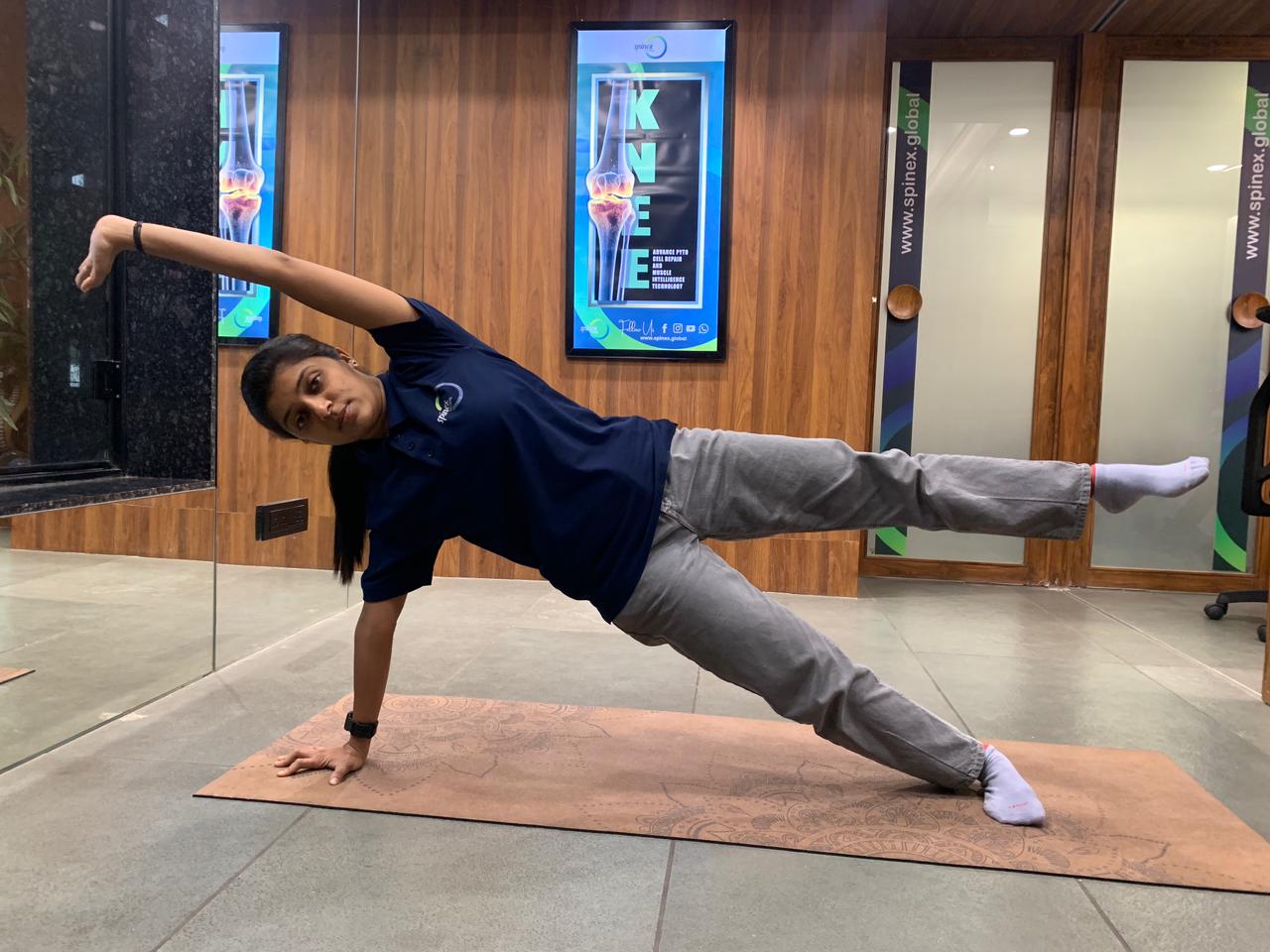
Pilates' low-impact nature makes it ideal for anyone who has joint problems or is recovering from surgery. It offers a mild but effective workout that reduces joint stress while providing great physical advantages.
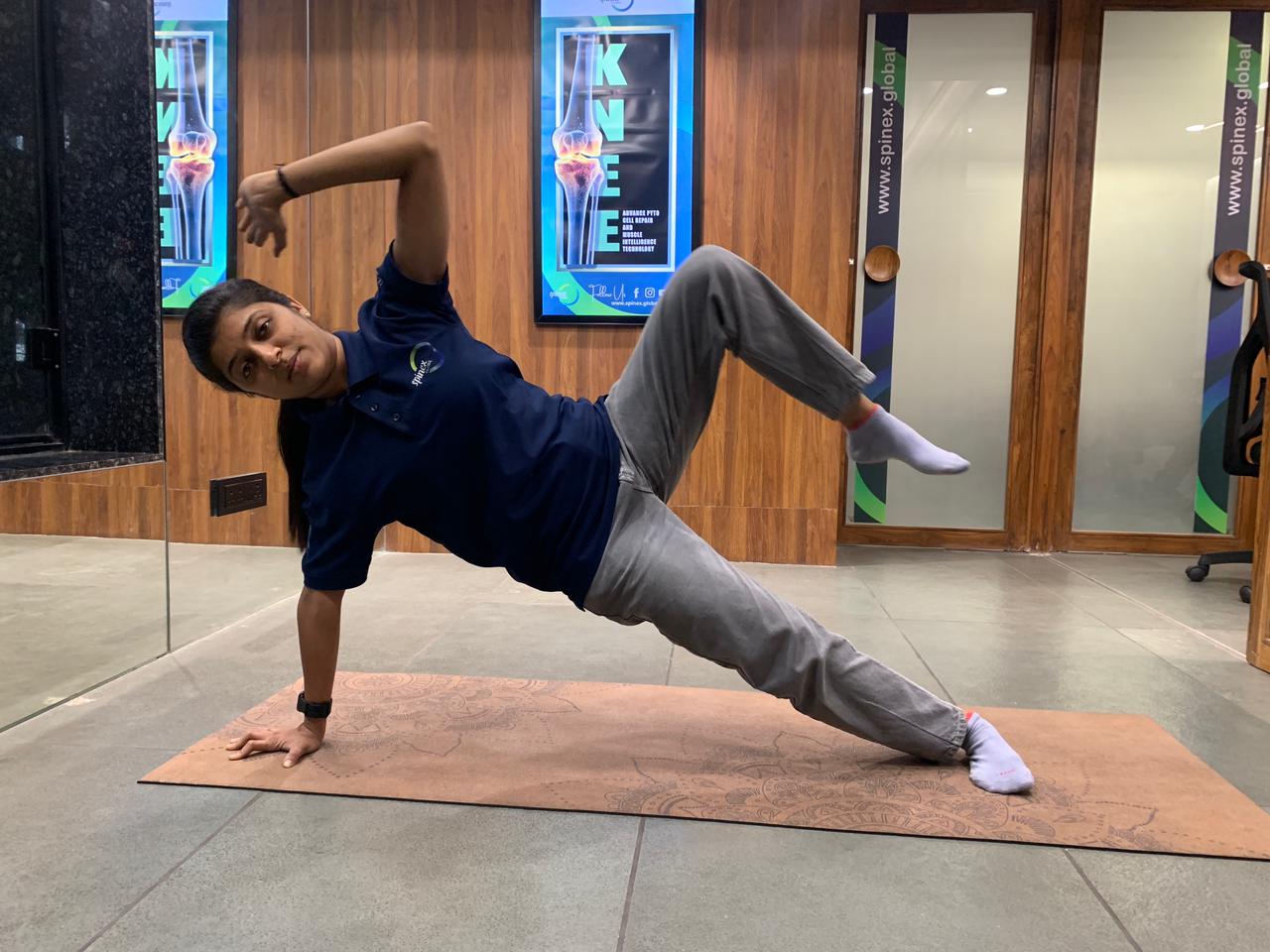
Pilates workouts frequently involve controlled, balanced movements, which can enhance overall balance and coordination. This is especially useful for older persons and those recovering from injuries that have compromised their stability.
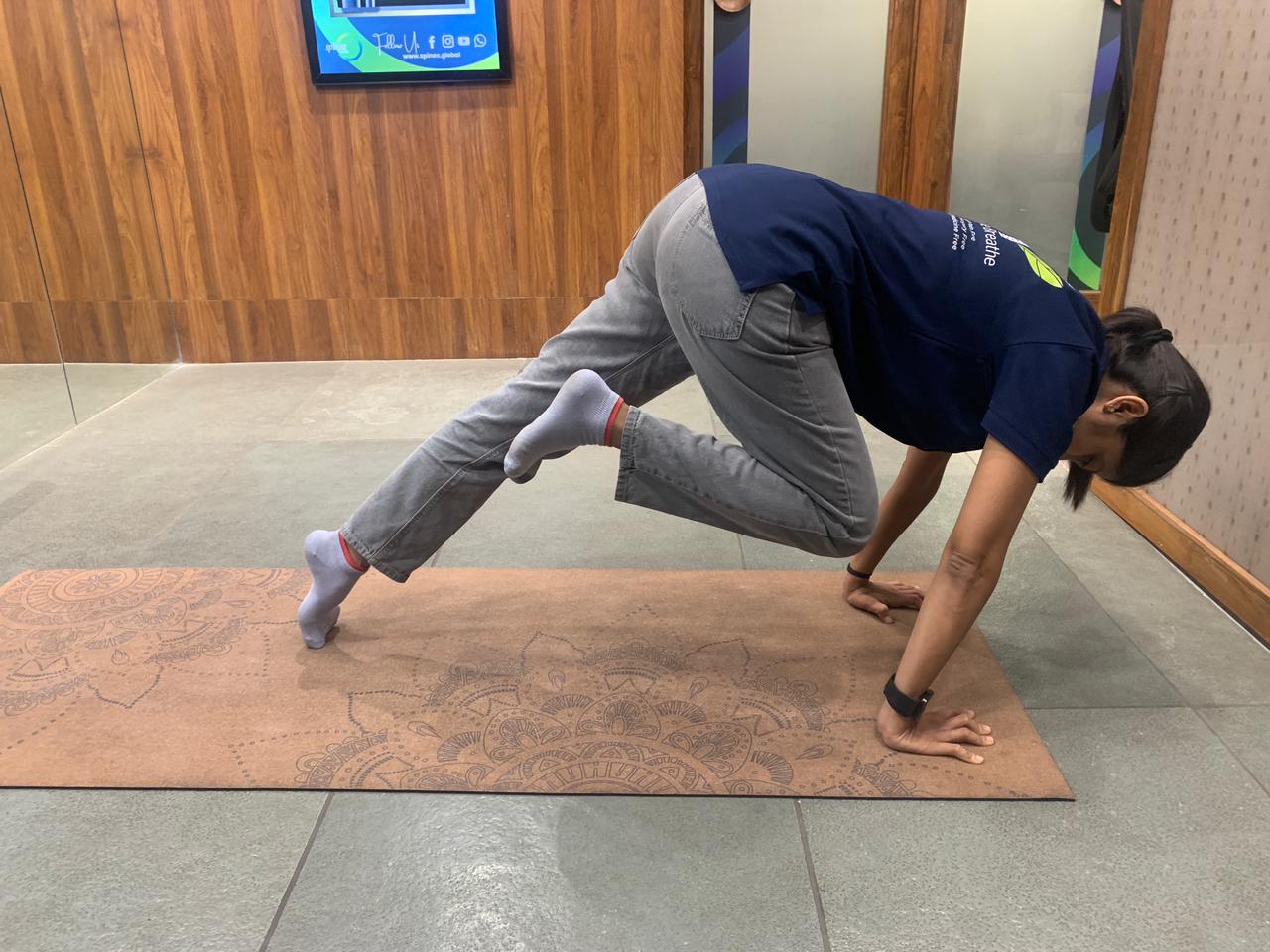
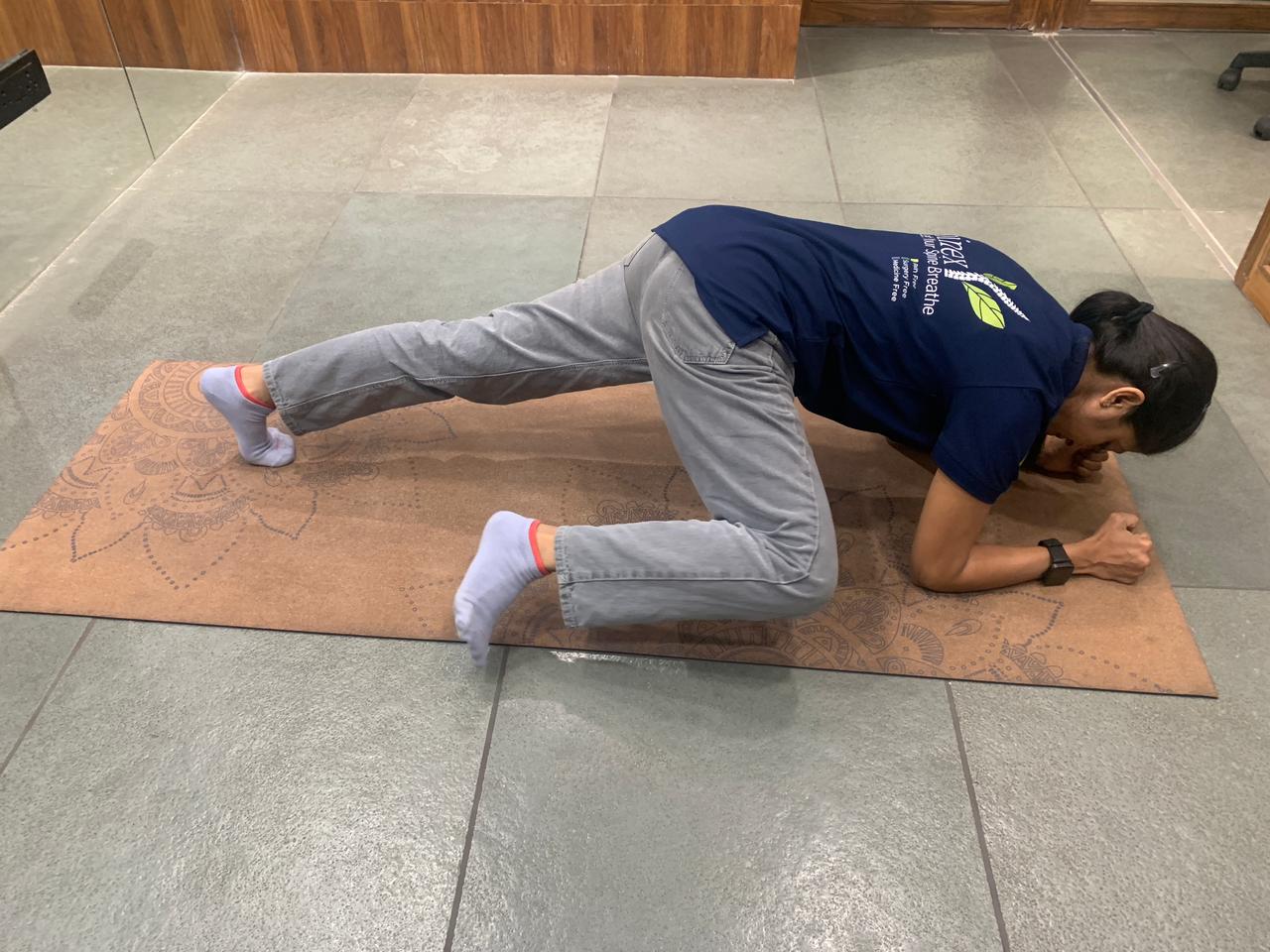
Pilates stimulates a variety of muscle groups, encouraging balanced muscle development. This can lead to increased muscular tone without adding mass, which is generally desirable for many people in rehabilitation.
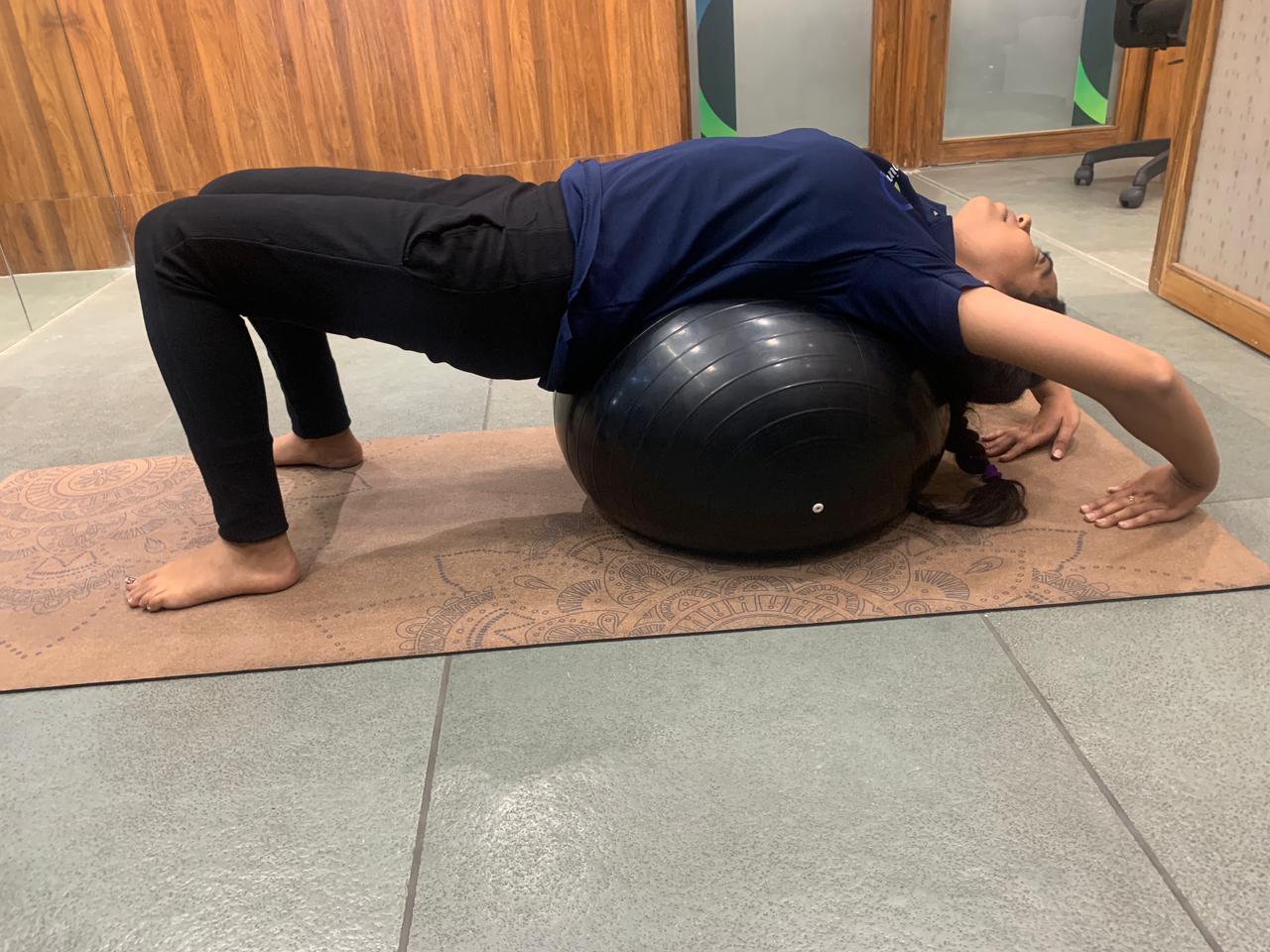
Pilates can help manage persistent back pain, neck discomfort, and other musculoskeletal disorders. Strengthening the core and improved posture can help relieve spinal pressure and pain.
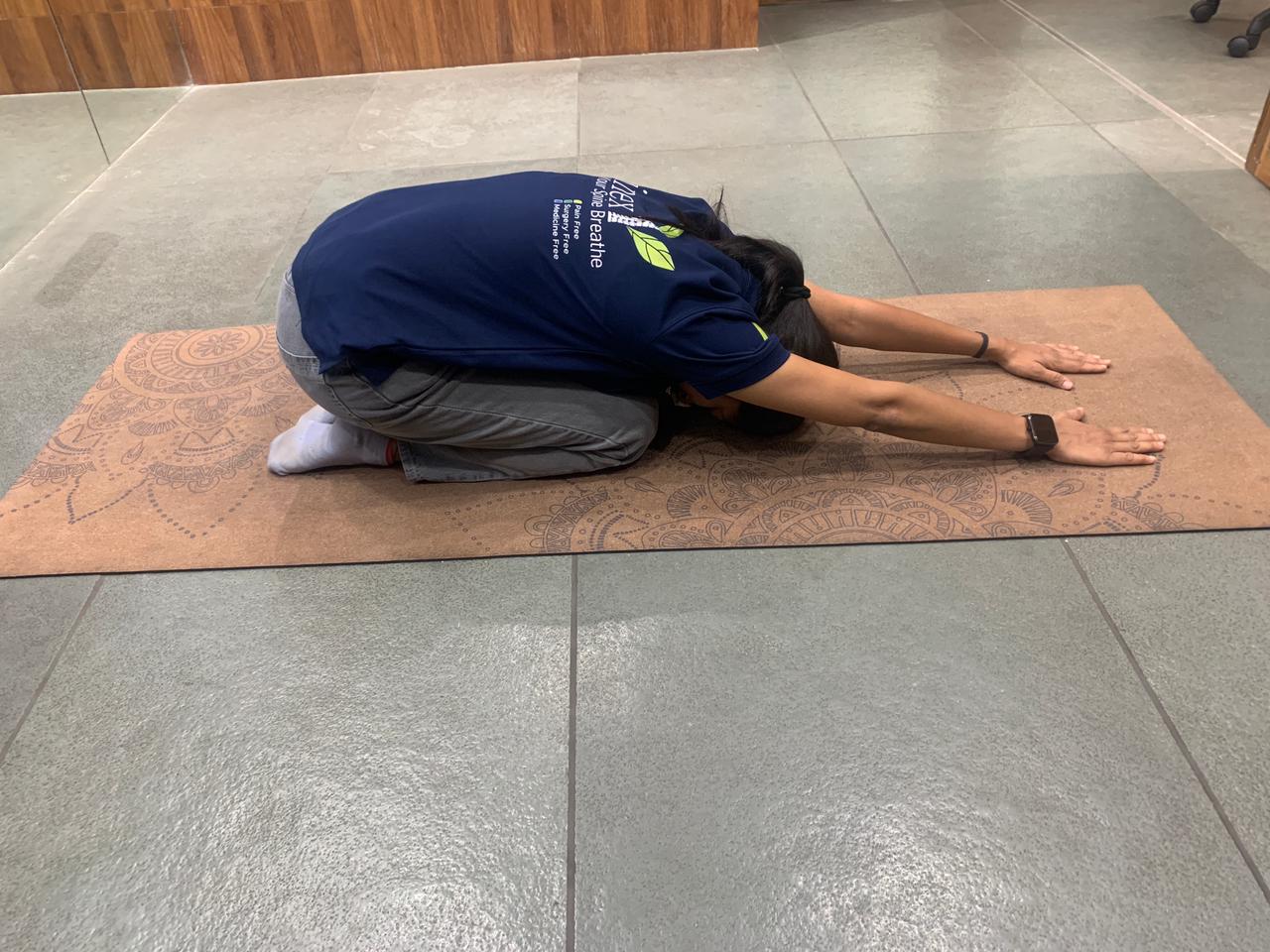
Pilates' mindful approach, which emphasizes breathing and focus, can help reduce stress and improve mental calm. This holistic approach can improve overall health, which is critical during the recovery process.
Pilates exercises are easily adapted to meet individual requirements and skills, making them ideal for various rehabilitation regimens. This personalization ensures that everyone can execute workouts safely and successfully.
Pilates exercises are easily adapted to meet individual requirements and skills, making them ideal for various rehabilitation regimens. This personalization ensures that everyone can execute workouts safely and successfully.
Pilates exercises are easily adapted to meet individual requirements and skills, making them ideal for various rehabilitation regimens. This personalization ensures that everyone can execute workouts safely and successfully.
Pilates exercises are easily adapted to meet individual requirements and skills, making them ideal for various rehabilitation regimens. This personalization ensures that everyone can execute workouts safely and successfully.
Pilates exercises are easily adapted to meet individual requirements and skills, making them ideal for various rehabilitation regimens. This personalization ensures that everyone can execute workouts safely and successfully.
Pilates can assist improve coordination, balance, and strength in people with neurological diseases such as multiple sclerosis or stroke. Integrating Pilates into physiotherapy
The recovery process can vary depending on the type and severity of the injury. Mild injuries may take a few weeks, while more severe injuries may require several months. Your physiotherapist will provide a more accurate estimate based on your specific case.
Yes, physiotherapy is beneficial for a wide range of sports injuries. Whether it's a sprain, fracture, dislocation, or concussion, a skilled physiotherapist can develop a treatment plan to address your specific needs.
While physiotherapy cannot guarantee the prevention of all sports injuries, it can significantly reduce the risk. Through proper conditioning exercises, biomechanical analysis, and injury prevention strategies, physiotherapists can help athletes minimize their chances of getting injured.
The number of physiotherapy sessions required varies depending on the injury, the individual's response to treatment, and other factors. It can range from a few sessions to several months of ongoing rehabilitation. Your physiotherapist will assess your progress and adjust the treatment plan accordingly.
When choosing a physiotherapist, consider their qualifications, experience, and specialization in sports injuries. It's also essential to find someone with whom you feel comfortable and can establish good communication. Ask for recommendations from trusted sources and read reviews to make an informed decision.

Back pain is a common ailment that affects millions of people worldwide. It can be caused..
Read more